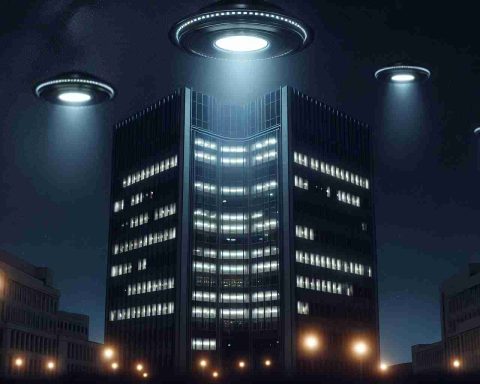The U.S. Census Bureau is making waves with its innovative approach to tracking housing construction. By employing advanced satellite imagery, they are transforming how new homes are counted across the country.
This experimental method, highlighted in a recent announcement, substitutes traditional data collection methods in select regions with insights gathered from the skies. Utilizing cutting-edge “convolutional neural networks,” these sophisticated algorithms analyze satellite images to pinpoint various stages of construction. This includes identifying excavation sites, laying foundations, framing stages, unfinished roofs, and completed structures.
Furthermore, the technology is designed to classify different types of buildings, including single-family homes, multi-family units, and commercial properties. This crucial information is set to enhance the accuracy of home construction data significantly.
Currently, this groundbreaking technique is being tested specifically in District 7, which encompasses states such as Texas, Oklahoma, Arkansas, and Louisiana. The latest findings indicate that this district recorded an impressive 14,100 new housing starts just last November.
By integrating satellite data with traditional local government reports, the Census Bureau aims to create a more comprehensive overview of housing trends. This initiative not only promises improved geographic accuracy but also seeks to lighten the data collection demands on respondents, heralding a new era of economic measurement in the construction sector.
Revolutionizing Housing Data Collection: How Satellite Technology is Shaping the Future
The U.S. Census Bureau’s Innovative Approach to Housing Construction Tracking
In an era where technology continually transforms various sectors, the U.S. Census Bureau is at the forefront of innovation in tracking housing construction. By utilizing advanced satellite imagery and machine learning techniques, the Bureau is reshaping the dynamics of how we gather and analyze data related to new homes.
# Key Features of Satellite Imagery in Housing Data Collection
The experimental methodology being adopted employs sophisticated “convolutional neural networks” to process satellite images. These algorithms are capable of identifying several critical stages of construction, such as:
– Excavation Sites: Recognizing cleared land ready for building.
– Foundation Laying: Detecting completed foundation work.
– Framing Stages: Monitoring the progress of structural framing.
– Roofing and Completion: Identifying both unfinished roofs and completely built homes.
Additionally, this technology classifies various building types, including single-family homes, multi-family units, and commercial properties, significantly enhancing the Census Bureau’s data accuracy and reliability.
# Current Implementation and Insights
At present, District 7, which includes states like Texas, Oklahoma, Arkansas, and Louisiana, is the focus of this cutting-edge project. Notably, the district reported an impressive 14,100 new housing starts in November alone, showcasing the potential of this technology to yield valuable insights into regional housing trends.
# Advantages of Satellite Imagery for Housing Data
The integration of satellite data with traditional local reporting encompasses several advantages:
– Improved Geographic Accuracy: Satellite monitoring provides a comprehensive view of new constructions across vast areas, ensuring that no critical data is missed.
– Reduced Respondent Burden: By relying on technological sources, the Census Bureau can lighten the data collection demands on individuals and local governments, making the process more efficient.
– Timely and Actionable Data: Regular updates from satellite imagery can allow for more real-time insights, aiding policymakers and stakeholders in addressing housing needs effectively.
# Trends and Innovations in Housing Data Analysis
As satellite technology continues to advance, the housing sector is likely to see an increase in data-driven decision-making. Analysts predict trends focusing on:
– Predicting Housing Market Fluctuations: Enhanced accuracy in construction data will help identify housing market trends and shifts much earlier.
– Sustainability Monitoring: Understanding the types and locations of new constructions can assist in their sustainability evaluation and adherence to environmental standards.
– Integration with Other Technologies: Future possibilities may include combining satellite data with geographic information systems (GIS) for even more detailed analysis.
# Potential Limitations and Challenges
While the advances present significant benefits, certain limitations must be acknowledged:
– Data Privacy Concerns: The use of satellite imagery raises questions about privacy and the extent of surveillance involved in tracking building projects.
– Accuracy of Machine Learning Algorithms: The effectiveness of the technology relies heavily on the algorithms’ ability to accurately interpret intricate construction details, which can vary widely.
# Conclusion
The U.S. Census Bureau’s new initiative marks a pivotal leap towards more accurate and comprehensive housing data collection. By harnessing satellite technology, they not only streamline operations but also set a precedent for future data analysis methods across various sectors.
For more information on cutting-edge data technologies, visit the U.S. Census Bureau.




















